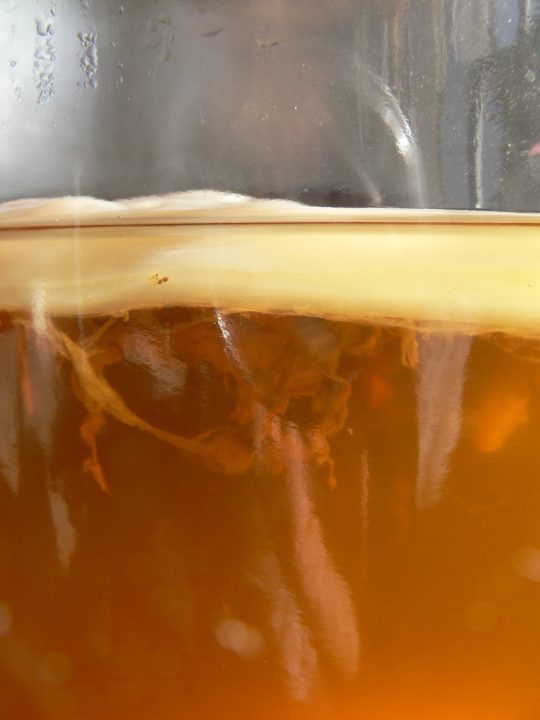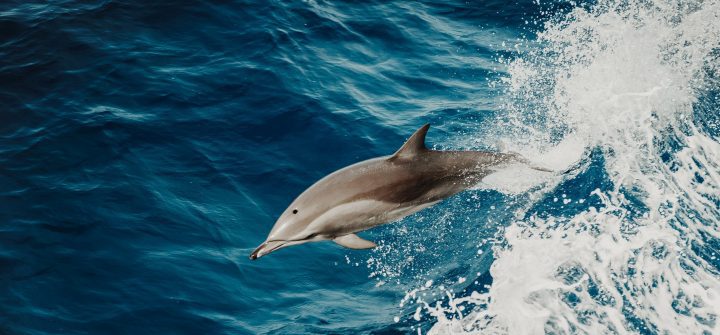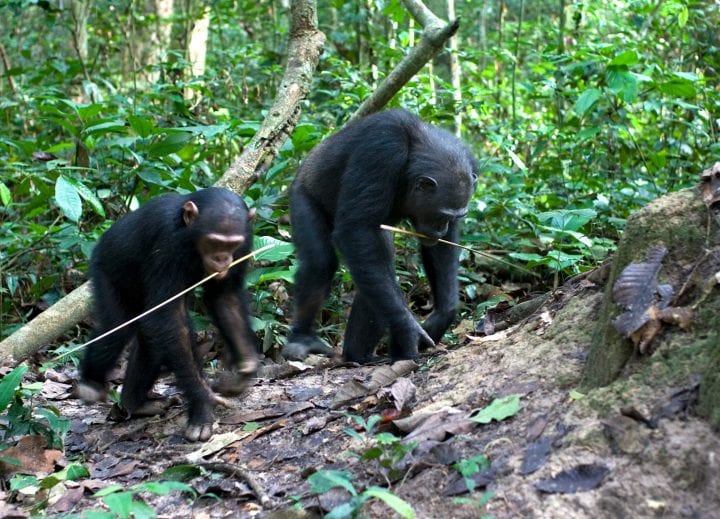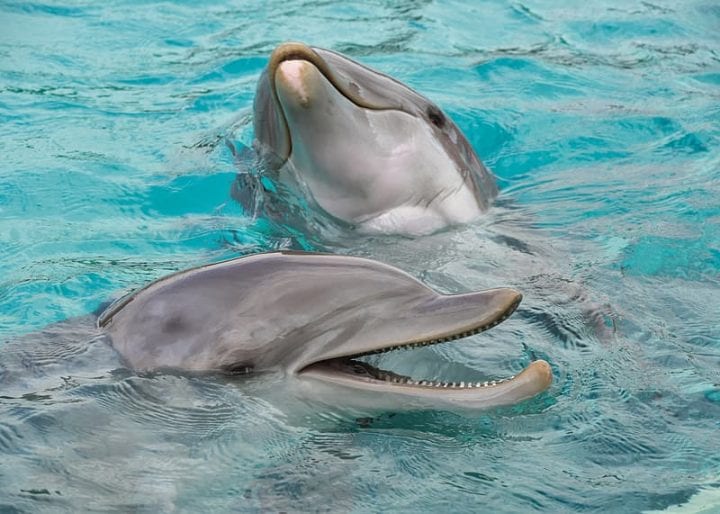The migratory whale herd concept highlights the essential and interconnected ecological role of whales that supports healthy ocean ecosystems.
Introduction
Whales, as some of the largest and most migratory animals on Earth, play a vital role in maintaining healthy ocean ecosystems. They travel vast distances between feeding and breeding grounds, connecting marine habitats across entire ocean basins. The “migratory whale herd” concept views whales not as isolated populations but as interconnected ecological units linked by shared migratory routes and collective behaviors. This approach highlights the importance of conserving whales in the context of their broader ecological networks.
The Strategy
Whales are central to the health of marine ecosystems, functioning as “ecosystem engineers.” Through their migrations, they transport nutrients across oceans, fertilizing plankton—the foundation of marine food webs—and facilitating biodiversity. This process, known as the “whale pump,” vertically redistributes nutrients as whales feed at depth and surface to excrete. Migratory routes, shared by groups of whales, act as ecological highways, supporting the flow of energy and matter between distant habitats.
Social cohesion within whale herds is also vital. Whales use complex vocalizations to navigate, communicate, and pass on knowledge about migratory routes and habitats. These learned behaviors enhance the survival of individuals and ensure the continued functioning of their ecological networks. Protecting these migratory herds ensures not only the survival of whales but also the stability of the ecosystems they sustain.
The Potential
The migratory herd concept offers a practical framework for marine conservation, emphasizing the protection of migratory routes and critical habitats. By safeguarding these ecological networks, we can enhance biodiversity, strengthen ecosystem resilience, and support the ocean’s capacity for carbon sequestration. This concept also inspires systems thinking in human design, such as creating sustainable transportation networks that mimic the efficiency of migratory pathways.
AI on AskNature
This page was produced in part with the assistance of AI, which is allowing us to greatly expand the volume of content available on AskNature. All of the content has been reviewed for accuracy and appropriateness by human editors. To provide feedback or to get involved with the project, contact us.





